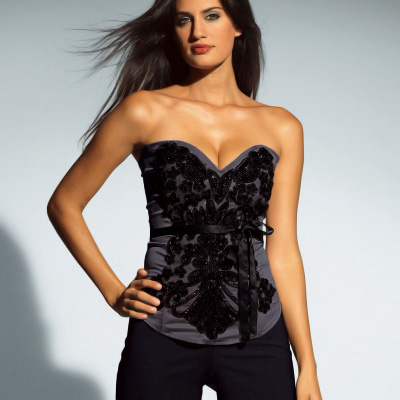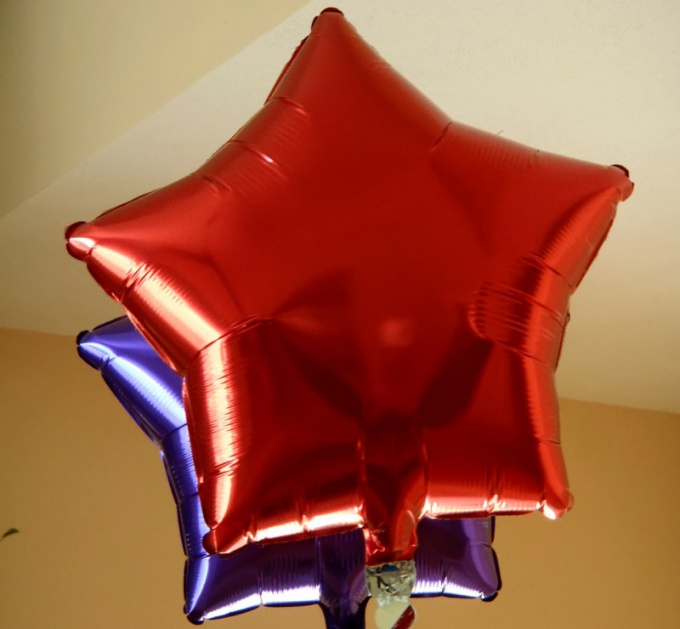How to make a corset pattern
How to make a corset pattern
Fashion on a thin waist appeared in the Middle Ages. But if then it was customary to pull her to the size of the neck circumference of her lover, nowadays corsets are sewn to correct the figure in certain places. Today, a corset is a detail of an evening dress, an everyday outfit or underwear, giving the waist the desired shape and supporting the chest.

You will need
- - foil;
- - paper tape;
- - graph paper;
- - a pencil;
- - Dummy of the required size.
Instructions
1
Cut a piece of foil from the roll (50cm), make it corrugated. To do this, spread the foil on a flat surface, put a palm on it and squeeze it. For a slender figure, 4 pieces of foil are enough, and for a regular figure - 6 pieces. Take the paper scotch, cut it into long strips 3-4 cm wide and short (they will need a lot).
2
Now put the first piece of foil in front ofdummy, so that the edge of the foil goes behind the visually held vertical, which divides the mannequin in half. Horizontally fix one edge of the foil with adhesive tape in three places so that it does not fall off. Hands give the foil a shape of the dummy, which is why it was necessary to make it corrugated before, so that it did not burst, but stretched out and contracted on the bend of the dummy.
3
Fasten the second edge of the foil and do the same.most with the rest of the pieces of foil. Place pieces of foil so that there are no unoccupied places on the dummy. The entire dummy must be in the foil so that it (foil) repeats exactly all its outlines.
4
Stretch the chest, waist and hips withscotch 4 cm wide, so that later on it it would be possible to draw a precise line of the breast by a marker, etc. Then, outline the reliefs of the resulting product. Now remove it from the dummy. To do this, cut the product into reliefs, as a result, you will get small parts.
5
After make these details flat. Lay them on a flat surface and cut in the most concave and convex places, so that there is a discrepancy on the protuberances and the details are located on each other on the concave foil.
6
Transfer these parts to paper. To do this, alternately apply the parts to the graph paper and circle them with a pencil, noting the divergence and the places where the parts are located on each other. Excess stretchings remove and add missing on the lower and upper cut of the pattern (foil parts) and cut out the details. Pattern is ready.







